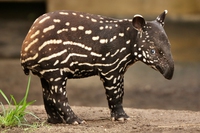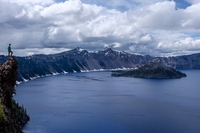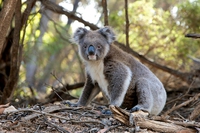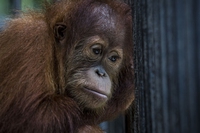
Bumblebees are adapting to climate change, but remain in serious danger
Bumblebees can help plants flower more quickly. However, pesticides, parasites and climate change are putting this key species in serious danger.
Bumblebees can help plants flower more quickly. However, pesticides, parasites and climate change are putting this key species in serious danger.
The tapir was reintroduced into Brazil’s Atlantic Forest, the country’s most at-risk ecosystem. The species can play a key role in the forest’s recovery.
The disappearance of 160 species has been declared by the IUCN over the last decade: most had been gone for a long time and their demise can be traced in large part to human impact. The full list of extinct species.
The critically endangered population of the Javan rhino in Indonesia has risen to 72 individuals, as four new calves are registered thanks to camera traps.
Refusing the anthropocentric vision and respecting the laws of ecology is the only way to safeguard the future of our and all other species, Sea Shepherd President Paul Watson argues in this op-ed.
Tigers could go extinct within the next decade. But fortunately the conservation strategy aimed at doubling them by 2022, Tx2, is starting to work.
The Australian Koala Foundation has reported that there are only 80,000 koalas left in the wild. The species looks destined to disappear forever, making it “functionally extinct”.
Bornean orangutans (Pongo pygmaeus) are dying at unprecedented rate, inexorably approaching extinction. And even if we think we aren’t, we actually are and will always be involved in the disappearance of one of the Planet’s most charismatic and most loved species. A new study published in the journal Current Biology reveals that more than 100,000
The underwater world is a treasure chest of life, colours and biodiversity that is yet still partly unknown, in a way that its abysses appear as an obscure and difficult-to-imagine reality. This is why the most beautiful underwater photos are awarded every year by the Underwater Photographer of the Year contest in order to celebrate
The celebration aims to raise awareness about the crucial role wetlands play as they’re essential habitats for the conservation of the Planet’s natural heritage.








